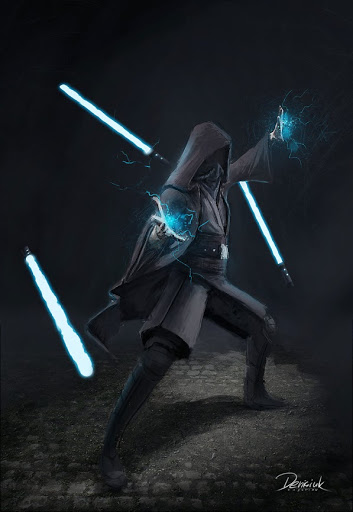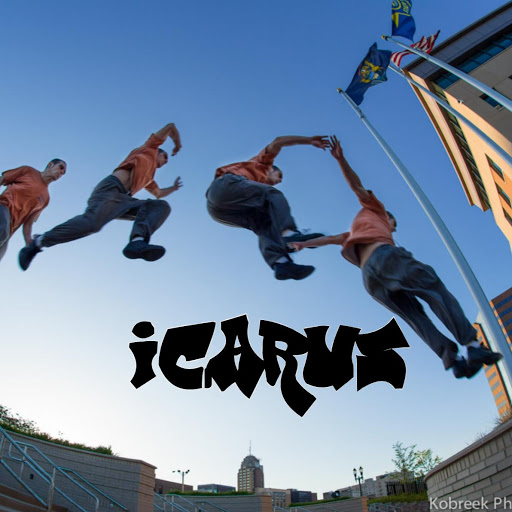Jesse M Allen
age ~41
from New Kensington, PA
- Also known as:
-
- Jeese Allen
Jesse Allen Phones & Addresses
- New Kensington, PA
- Ormond Beach, FL
- Meadville, PA
Work
-
Company:Chemistry department - Pittsburgh, PA2012
-
Position:Postdoctoral associate
Education
-
School / High School:University of Montana- Missoula, MTMay 2011
-
Specialities:Doctor of Philosophy in Inorganic Chemistry
Skills
Excellent problem solving and analytical... • development of advanced composite materi... • AAS • ICPAES • XPS TEM • SEM • NMR (liquids and solids) • Mercury Porosimeter Experienced in e...
Resumes

Accounts Manager At Maxim Healthcare Services
view sourcePosition:
Accounts Manager at Maxim Healthcare Services
Location:
Oxnard, California
Industry:
Hospital & Health Care
Work:
Maxim Healthcare Services since Aug 2007
Accounts Manager
Maxim Healthcare Services Dec 2004 - Aug 2007
Recruiter
Accounts Manager
Maxim Healthcare Services Dec 2004 - Aug 2007
Recruiter
Education:
San Diego State University-California State University 1998 - 2003
Bachelors, Business Administration
Bachelors, Business Administration
Skills:
Healthcare Management
Healthcare
Account Management
Sales Management
New Business Development
Home Care
Customer Service
Healthcare
Account Management
Sales Management
New Business Development
Home Care
Customer Service

Architect At Gsbs Architects
view sourcePosition:
Architect at GSBS Architects, Secretary at AIA Utah
Location:
Salt Lake City, Utah
Industry:
Architecture & Planning
Work:
GSBS Architects - Salt Lake City, UT since May 2007
Architect
AIA Utah - Salt Lake City, UT since Jan 2012
Secretary
AIA Utah - Salt Lake City, UT Jan 2010 - Dec 2011
Associate Director
Architect
AIA Utah - Salt Lake City, UT since Jan 2012
Secretary
AIA Utah - Salt Lake City, UT Jan 2010 - Dec 2011
Associate Director
Education:
University of Utah 2004 - 2007
Masters, Architecture Utah State University 1999 - 2004
Bachelors, Landscape Architecture
Masters, Architecture Utah State University 1999 - 2004
Bachelors, Landscape Architecture
Skills:
Sustainable Design
BIM
LEED AP
Site Planning
Architecture
Landscape Design
Rendering
Sustainable Design
BIM
LEED AP
Site Planning
Architecture
Landscape Design
Rendering
Sustainable Design
Awards:
ENR Mountain States 2013 Top 20 Under 40
http://mountainstates.construction.com/mountainstates_top_lists_construction_firms/2013/0304-mountain-states8217-top-20-under-40.asp
http://mountainstates.construction.com/mountainstates_top_lists_construction_firms/2013/0304-mountain-states8217-top-20-under-40.asp

Jesse Allen
view sourceLocation:
United States

Student At West Virginia University
view sourceLocation:
Greater Pittsburgh Area
Industry:
Financial Services
Education:
West Virginia University 2005 - 2011

Jesse Allen
view sourceLocation:
United States

Jesse Allen
view sourceLocation:
United States

Jesse Allen
view sourceLocation:
United States

Jesse Allen Pittsburgh, PA
view sourceWork:
Chemistry Department
Pittsburgh, PA
2012 to Jan 2012
Postdoctoral Associate Chemistry Department
Missoula, MT
Aug 2005 to May 2011
Graduate Student AVI BioPharma
Corvallis, OR
Aug 2003 to Aug 2005
Chemistry Intern Seed Lab, Oregon State University
Corvallis, OR
Feb 2002 to Aug 2003
Undergraduate Researcher
Pittsburgh, PA
2012 to Jan 2012
Postdoctoral Associate Chemistry Department
Missoula, MT
Aug 2005 to May 2011
Graduate Student AVI BioPharma
Corvallis, OR
Aug 2003 to Aug 2005
Chemistry Intern Seed Lab, Oregon State University
Corvallis, OR
Feb 2002 to Aug 2003
Undergraduate Researcher
Education:
University of Montana
Missoula, MT
May 2011
Doctor of Philosophy in Inorganic Chemistry Oregon State University
Corvallis, OR
Sep 2005
Bachelor of Science in Chemistry
Missoula, MT
May 2011
Doctor of Philosophy in Inorganic Chemistry Oregon State University
Corvallis, OR
Sep 2005
Bachelor of Science in Chemistry
Skills:
Excellent problem solving and analytical skills Strong organization and communication skills Experience working in a synthetic lab setting, development of advanced composite materials Well versed in handling GC, AAS, ICPAES, XPS TEM, SEM, NMR (liquids and solids), Mercury Porosimeter Experienced in editing and setting up NMR pulse sequences for solid-state CPMAS NMR Experienced working under vacuum and air-free environments as well as high pressure apparatuses
Name / Title
Company / Classification
Phones & Addresses
Managing
Errday Allday, LLC
President,Treasurer,Chairman
JESSE ALLEN, INC., P.S
News

NASA can see your Christmas lights from space
view source- shine brighter during the holidays in the U.S. when compared with the rest of the year, as shown using a new analysis of daily data from the NASA-NOAA Suomi NPP satellite. Dark green pixels are areas where lights are 50 percent brighter, or more, during December. (NASA's Earth Observatory/Jesse Allen)
- Date: Dec 17, 2014
- Category: Sci/Tech
- Source: Google
Myspace

Jesse Allen
view sourceFlickr

Jesse Lilbit Allen
view source
Jesse James Allen
view source
Jesse Jessica Allen
view source
Jesse Allen Brown
view source
Jesse Michael Allen
view source
Jesse James Allen
view source
Jesse Robert Allen
view source
Jesse Rapostle Allen
view sourcePlaxo

Jesse Allen
view source
Jesse Allen
view sourceSouth TexasSenior VP South Texas at Capitas Financial LLC
Classmates

Jesse Allen
view sourceSchools:
Methacton High School Norristown PA 1995-1999
Community:
David Steelman

Jesse Allen
view sourceSchools:
Wolf Point High School Wolf Point MT 2001-2005

Jesse Allen
view sourceSchools:
Vincent High School Vincent AL 1979-1983
Community:
Kathy Carden, Joyce White, Wanda Holmes

Jesse Allen
view sourceSchools:
Oak Ridge Elementary School Royal Oak MI 1996-2000
Community:
James Klescic, Betsy Terry, Joan Partridge, John Raymond, Jenni Pilato

Jesse Allen
view sourceSchools:
Mark Twain Junior High School Modesto CA 1962-1964, Gaylord Middle School Gaylord MI 2000-2004
Community:
Tonya Hammond

Jesse Allen
view sourceSchools:
Ela Vernon/Lake Zurich High School Lake Zurich IL 1962-1966
Community:
Naydine Pierce, Janis Vaughn, Bud Loomis

Jesse Allen
view sourceSchools:
St. Martin High School Ocean Springs MS 2003-2007
Community:
Patti Farris, Sharon Fox, Patricia Evans, Linda Russell
Googleplus

Jesse Allen
Work:
Leoni Fiber Optics - Clean Room Tech
Education:
College of Southern Maryland - IT, Leonardtown High School - Diploma
Tagline:
WTF is a tagline good for....

Jesse Allen
Work:
Staten Island University Hospital - Motor Vehicle Operator (Lab)
Education:
Curtis High School - Fine Arts/ Computer graphics
Relationship:
Single
About:
I AM..... Fun. Random. Electric. Artistic. Krazy.
Tagline:
Chill out cool breeze!

Jesse Allen
Work:
Derby Rec Center - Referee
Education:
Rose Hill High School
Tagline:
(Insert Taco Here)

Jesse Allen
Tagline:
"I would rather be a superb meteor, every atom of me in magnificent glow, than a sleepy and permanent planet..." -Jack London

Jesse Allen (Risingsoldie...

Jesse Allen
About:
These videos will educate, entertain, and elaborating on things that everyone should already know :-p
Tagline:
Thumbs up if you enjoy, Subscribe if you like, Share if you love, and Have a great day :)

Jesse “Icarus” Allen

Jesse Allen
Youtube
Get Report for Jesse M Allen from New Kensington, PA, age ~41













